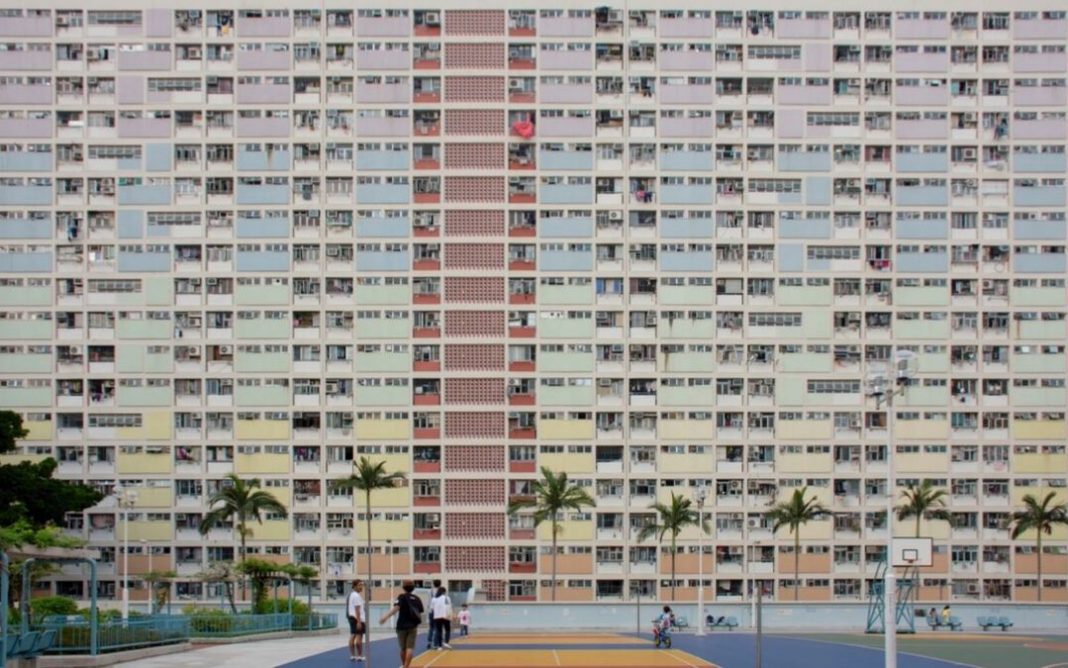HONG KONG – Dim Sum, Char Siew Siu Yoke (Barbecue pork and crispy roasted pork belly), and Cha Chaan Tengs encapsulate the typical tourist Hong Kong experience. You can even throw in Cantonese Congee (if you still have enough space for it). Sprinkle in some shopping and that’s your 4- or 5-day itinerary, done.
For most, it’s mainly about the eats when you’re in Hong Kong, especially with the tons of Michelin restaurants to be found all over. This begs the question: is there anything else Hong Kong has to offer?
Of course there is. From challenging Hong Kong’s numerous hiking trails, to hunting down famous photos, to reliving the city’s movie-making heydays, and even visiting quaint waterfront villages, there are plenty of alternatives to the usual shopping and dining.
If you’re looking for fresh new ways to enjoy Hong Kong, give these 7 alternative itineraries a go. At the very least, you get to burn all those calories eh?
1. Sai Kung
Hong Kong is as metropolitan as they come, a hyper-modern, financial hub that rivals that of Singapore. West of the main district of Hong Kong, however, lies the peninsula of Sai Kung, which is filled with quaint waterfront villages that seem opposed to the hard and fast changes that has swept the majority of the country.

Photo by hoanglydn85 via Instagram.

Photo by konradszw via Instagram.
Reminiscent of the islands of Bali or Thailand, Sai Kung has beaches and even cliff diving spots to boot. Not your typical scene of Hong Kong, the local Hong Konger’s life in Sai Kung is a little more physical and back-breaking than that of their office counterparts.
Thanks to the bustling floating seafood market that starts its lively trade in the early hours of the morning, fresh seafood is almost guaranteed while eating at one of the many restaurants lined up and down the waterfront. Try a bite at Michelin-starred stand-out Loaf On Restaurant.
2. Tai Mo Shan
Tai Mo Shan is Hong Kong’s highest peak, piercing through the clouds and easily seen from all across the island. As with being the highest peak, it also boasts the highest waterfall in Hong Kong, which you can hike up to get expansive views of the Kowloon reservoirs and the Tsuen Wan skyline.
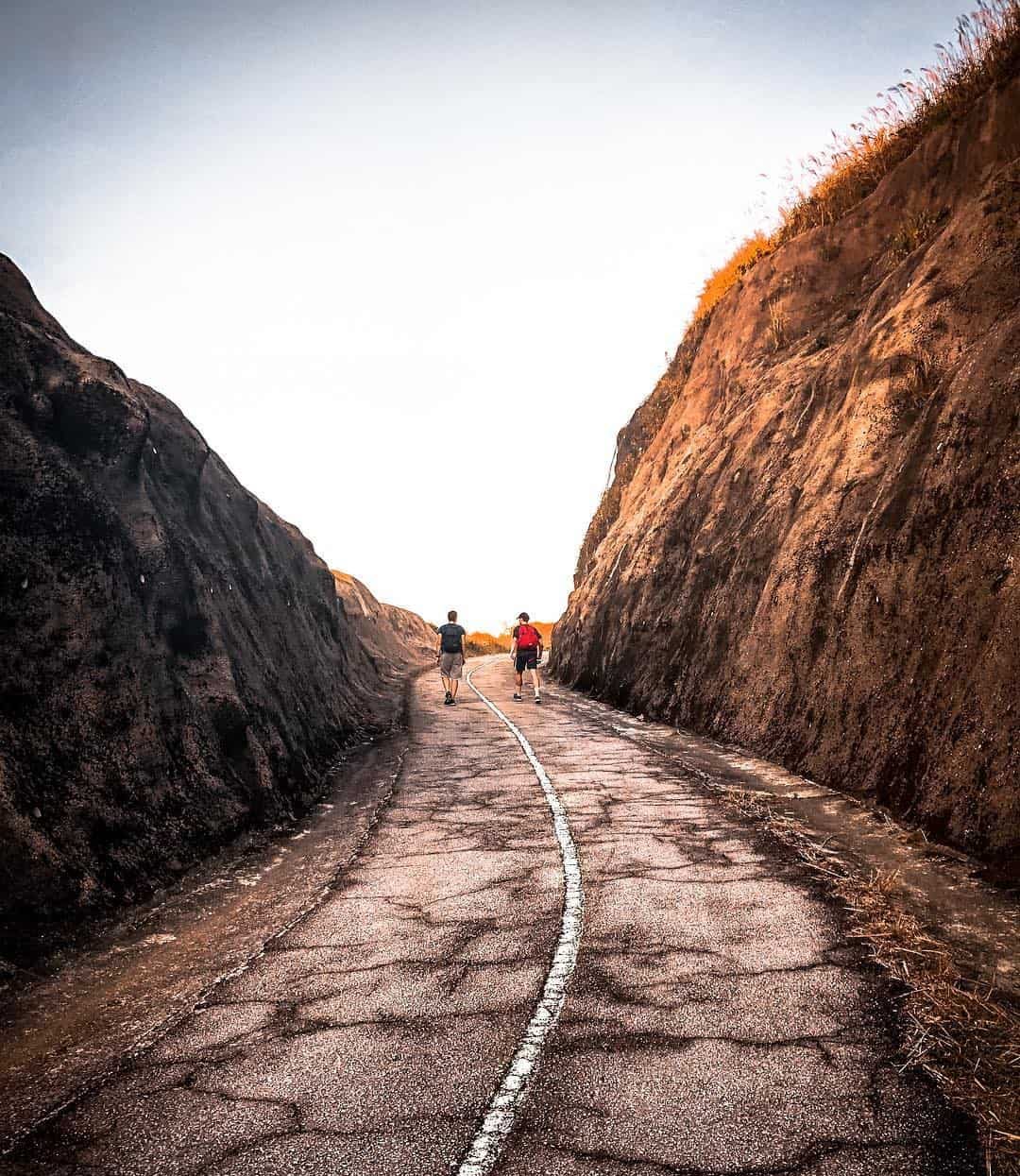
Photo by domanegg via Instagram.
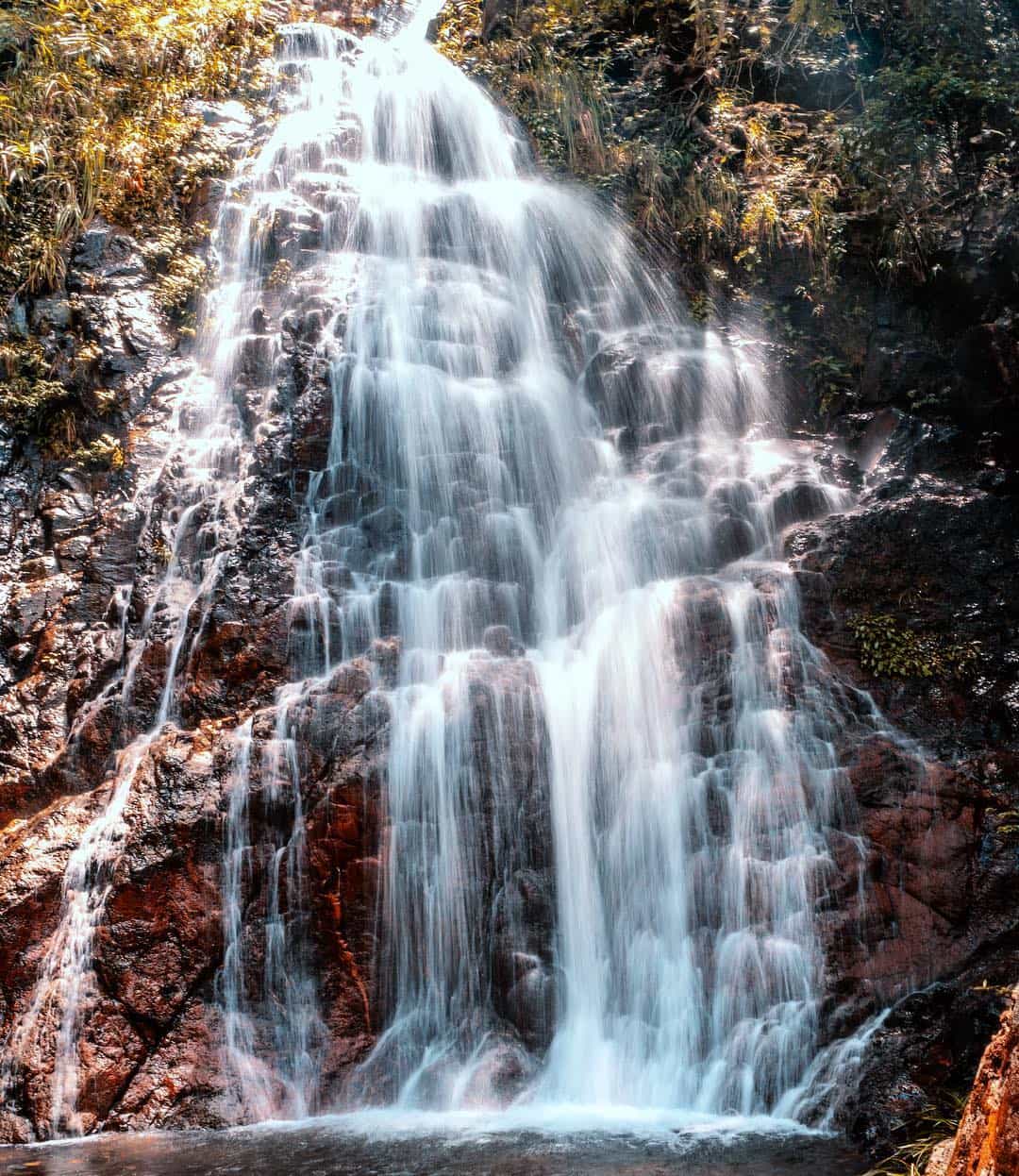
Photo by gaz_grylls_hk via Instagram.
You don’t have to worry about not having any experience as there are signposts all around and you can even get a private hiking tour up Ng Tung Chai waterfalls to ensure you get the best experience. You’ll be catching your breath every now and then, but when you see the sunlight peeking through as you surmount the peak, you’ll be thanking your lucky stars you didn’t give up.
3. Lantau Island
If you don’t know where Lantau Island is, it’s where Hong Kong Disneyland is situated. But the Mouse only occupies a tremendously small portions of the entire island. Look further within and you’ll be surprised at the many hidden things Lantau Island has to offer.
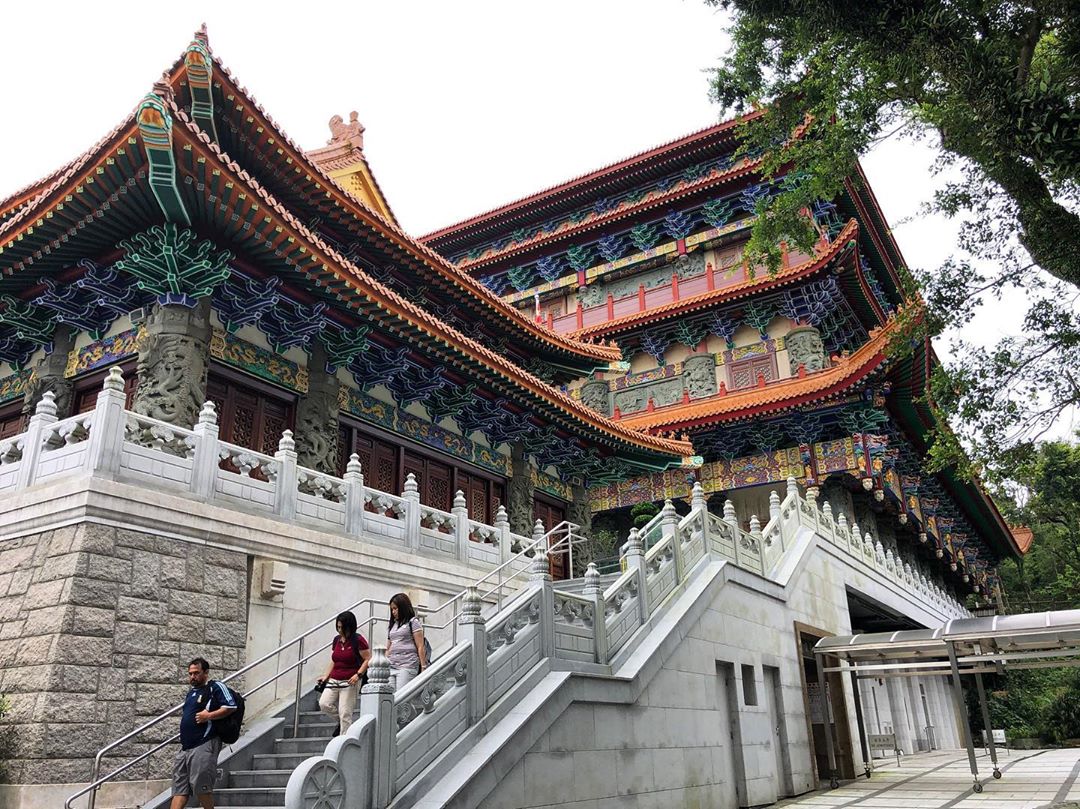
Photo by kev561 via Instagram.
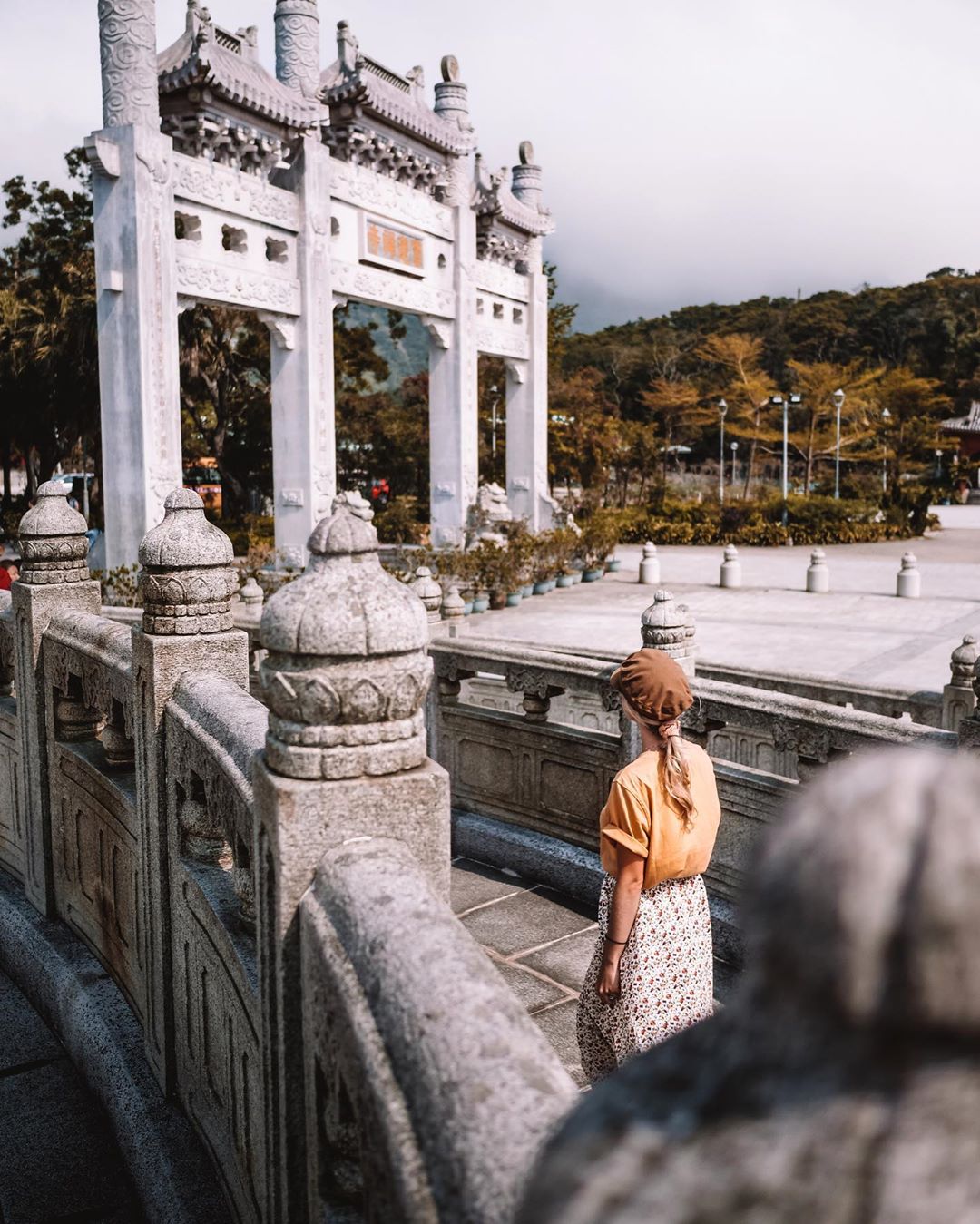
Photo by mrslock via Instagram.
Lantau Peak is a hotspot for catching the sunrise and chasing sunsets, which makes the gruelling hike all the more worth it. February is the best time to hike up as it is when the clouds are minimal. You can climb up via the North Ridge or South Face with the help of a personal hike guide! Completing the hike is no mean feat, but that also means it’s all the more rewarding when you reach the top.
If you have the time (and strength), find and discover the Po Lin Monastery. Hidden amongst the lush vegetation, this Buddhist sanctum is a sacred place and often referred to as the “Buddhist World in the South”. When the clouds float through the grounds filled with Buddhist iconography, it truly feels like a mystical place of origin.
4. Tian Tan Buddha

Photo by hanitacm via Instagram.
When on Lantau Island, a visit to the Tian Tan Buddha is a must. Just opposite the Po Lin Monastery, this towering Buddha statue overlooks the entire island.
Taking 12 years to build, the 34m sacred sculpture serves as a pilgrimage point for many Buddhists all over Asia. The Lantau peak experience would not be complete without a visit to Tian Tan Buddha.
To view the larger-than-life scuplture at its most magical, stay till after sundown, when dazzling lights come on and uplift the sculpture into something truly sublime.
5. Dragon’s Back Peak
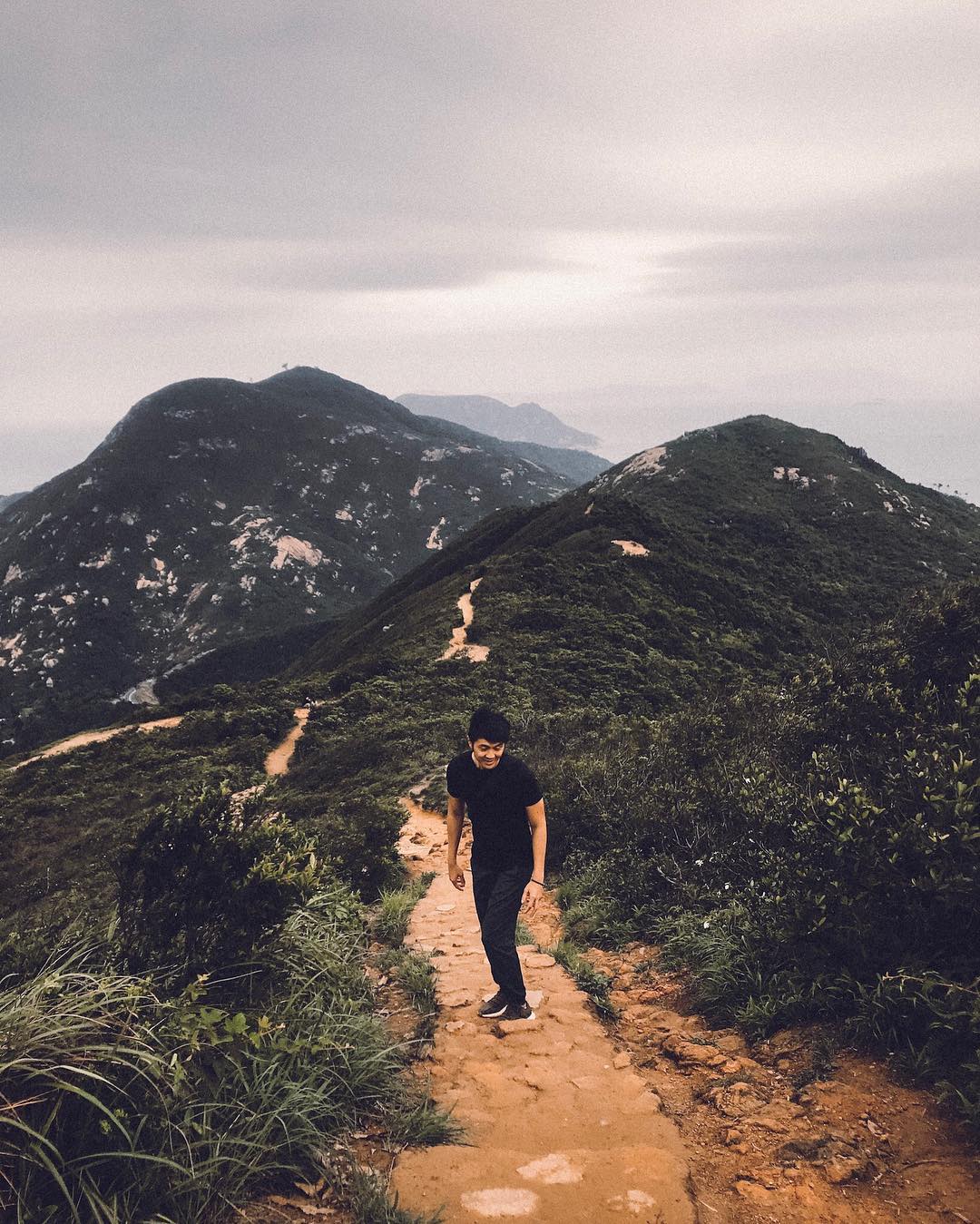
Photo by thatguyslater via Instagram.
Quite possibly the most famous hiking trail in all of Hong Kong, the Dragon’s Back should be attempted by anyone who wants a new lens and frame to look at the iconic city skyline.
The trail up Dragon’s Back is well-marked and easy with a peak that promises panoramic views of the city. Up some 284 metres high, you’ll find yourself at the Shek O viewing plateau which offers stunning views of Shek O, Tai Long Wan, and Tung Lung Island.
For those itching for an adrenaline rush, you can paraglide off into the blue skies and gain a whole new perspective onto the city below. If you like your two feet to remain solidly on the ground, flying kites would prove to be the safer and milder option.
6. Hong Kong’s Movie Heritage
Now, let’s switch gears and explore a side of Hong Kong that has been an important pillar of the country’s culture. The 1980s and 1990s were the heyday of Hong Kong’s film industry. Billed as the “Hollywood of the East” back then, Hong Kong had a hyper-active film industry, with breakneck production that saw camera crews running all over the city 24/7.
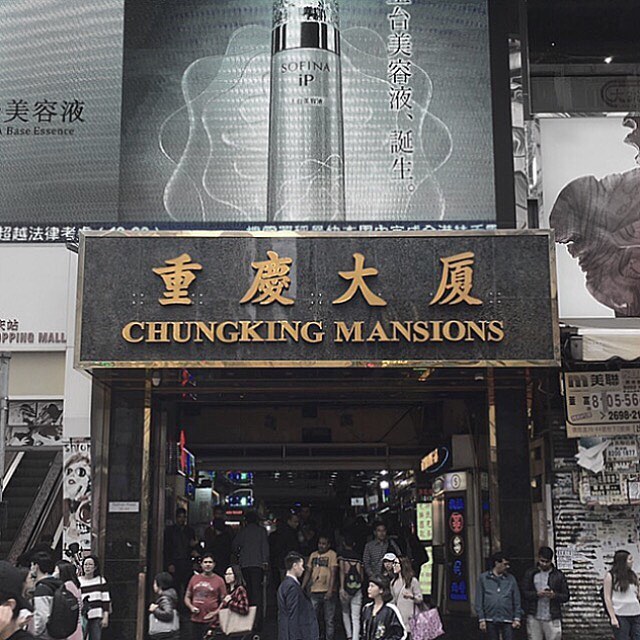
Photo by liliannn335 via Instagram.
The pace of local film production has dropped in the recent decade, but iconic film locations remain throughout the city. Hollywood Road in Sheung Wan is a famous place that attracts crowds, thanks to its staus as the filming location of the Hong Kong classic Rouge (1987). The Chungking Mansions in the heart of Tsim Sha Tsui served as the principal location of Wong Kar-wai’s famous Chungking Express (1995).
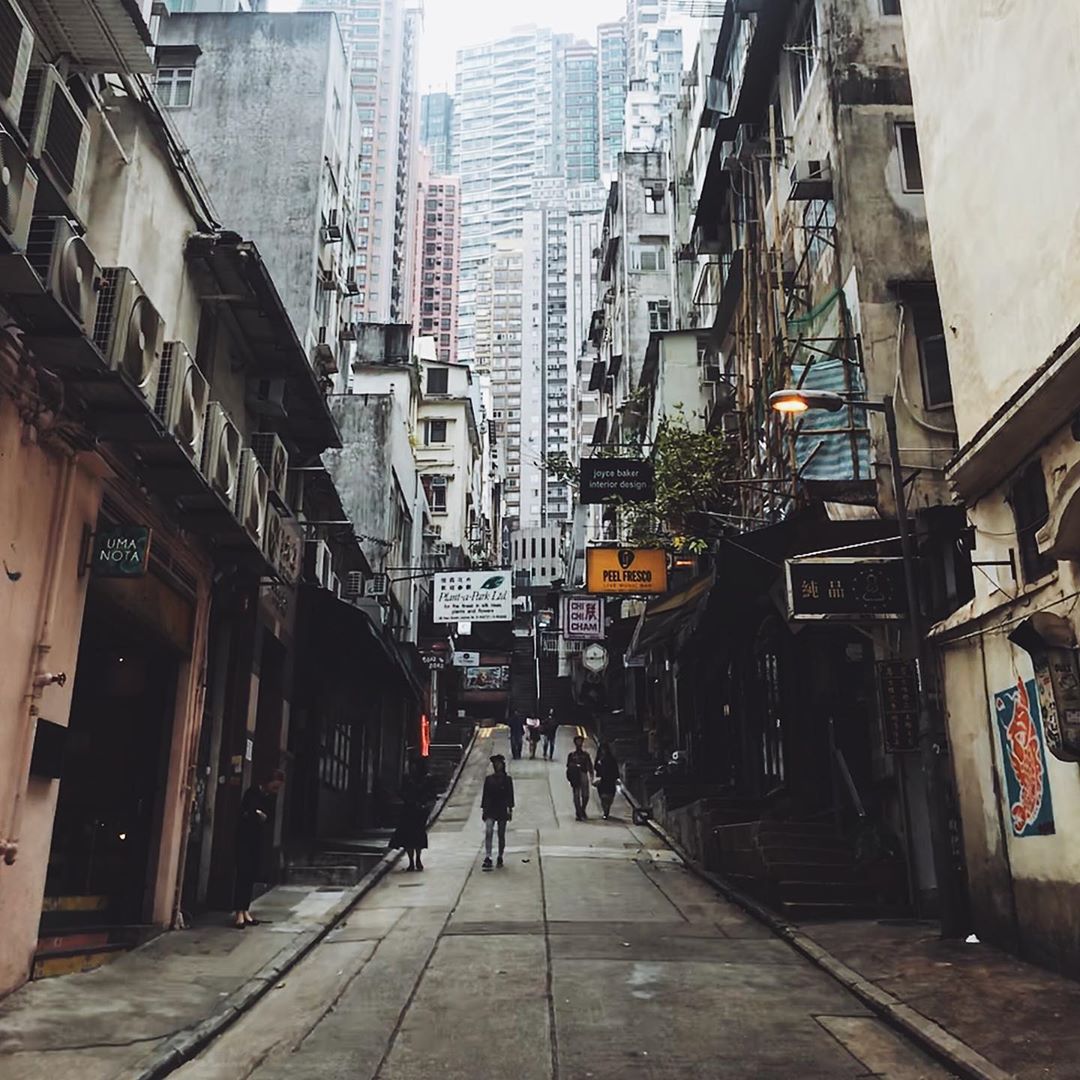
Photo by clyw_zach via Instagram.
If you truly want to relive the old films, the Hong Kong Film Archive strives to collect and conserve Hong Kong-made films and all that is associated with them. They also do regular screenings of films throughout Hong Kong’s history so if you’re a cinephile, you’ve found your haunt in Hong Kong.
7. Photo Hunting
Say what you will about Instagram, but the fact remains that it has become a useful platform for budding photographers to showcase their wonderful work – and for photography enthusiasts to find new images to love.
Hong Kong, with its myriad scenes, offers photo opportunities at every turn and down every alley. If there was an award for most popular photo hotspot in Hong Kong, we’re sure the Yik Cheong building will take home the prize easily.

Photo by Brayden Law on Unsplash
This “Monster Building” as it’s also known, is one of the most Instagrammed spots in all of Hong Kong. A conglomeration of 5 dense and stacked flats, Yik Cheong has come to be representative of urban living in Hong Kong, and the go-to architecture to capture the essence of what Hong Kong is all about.
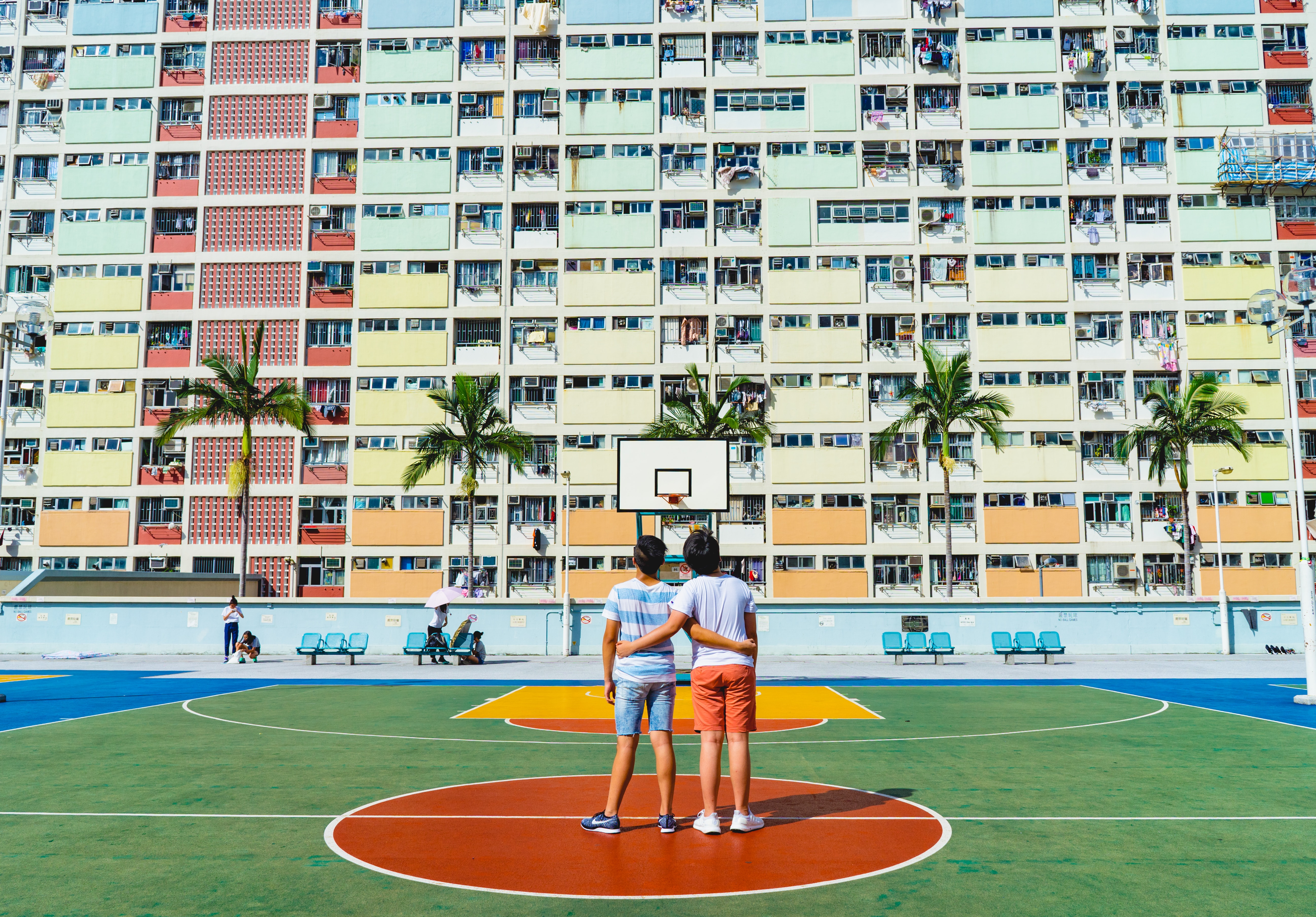
If you’re looking to enhance your feed with brighter colours, the Choi Hung Estate would fit the bill. The old estate is painted with bright tones, lending an almost surreal, lost-in-time tone to your shots.
And of course, the neon street signs of Mong Kok will forever satisfy a photographer looking for some stunning long exposure night shots.
Hunt for photos, run amok, and discover Hong Kong from the ground up.

Photo by Ryan Tang on Unsplash
Top photo by Yasuhiro Yokota on Unsplash

